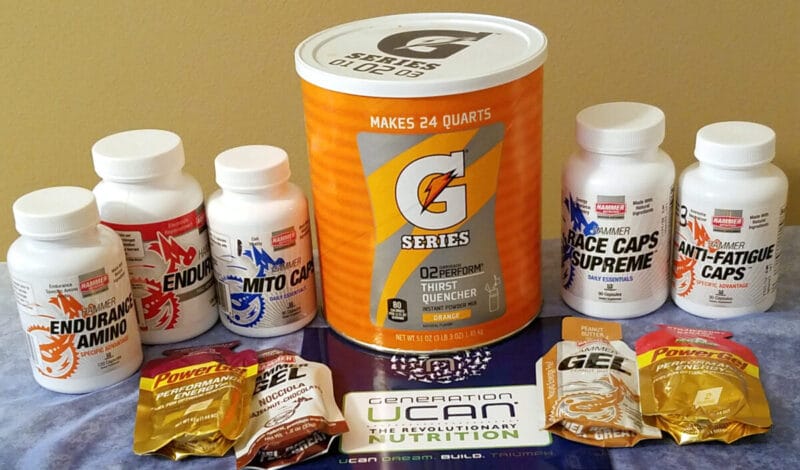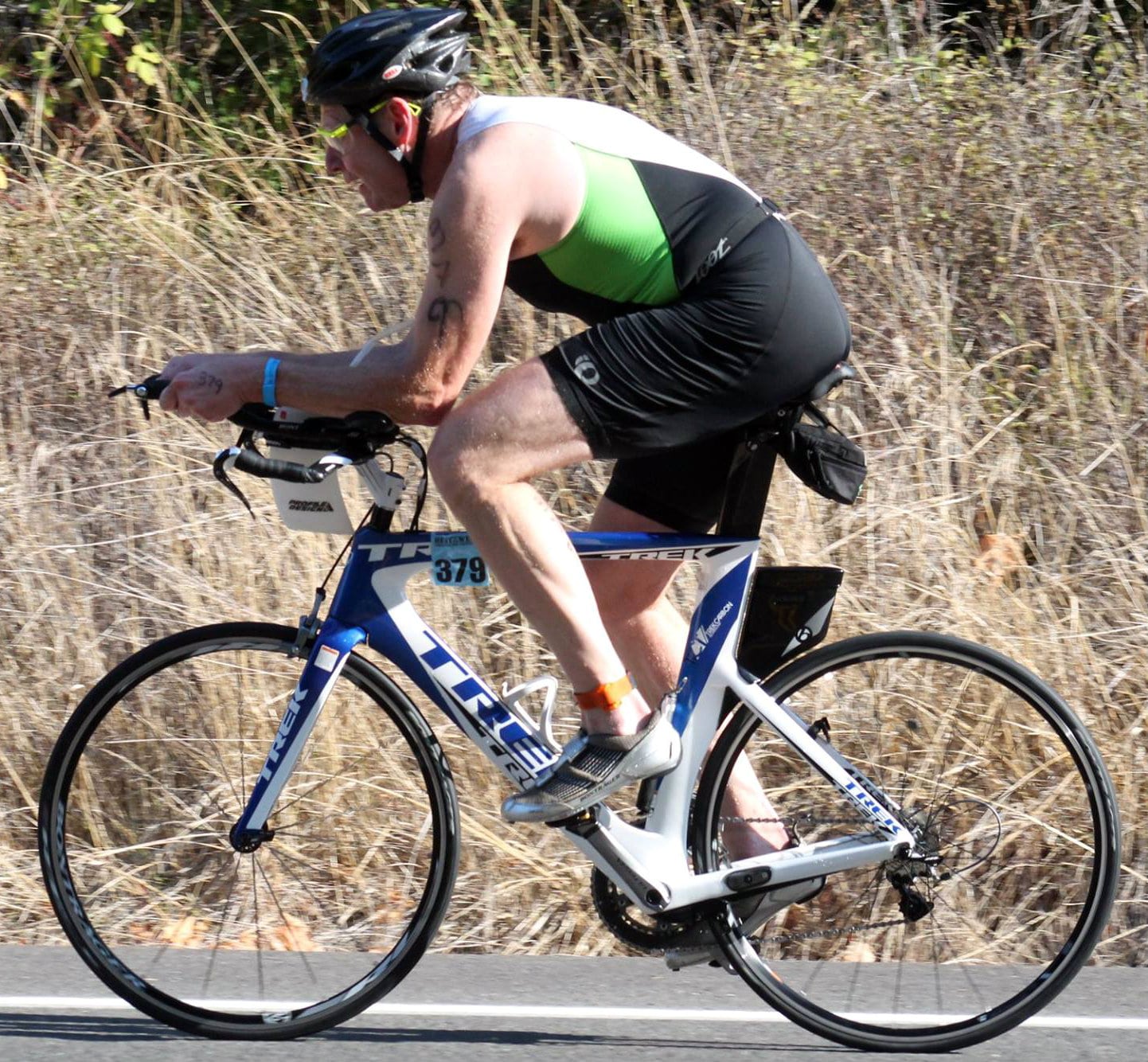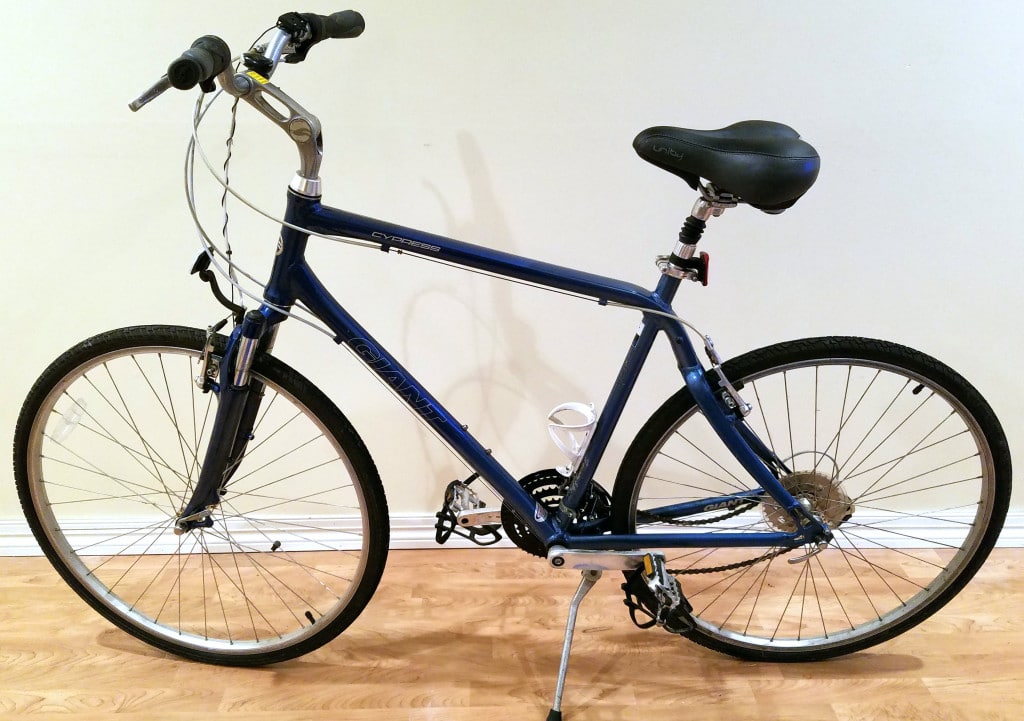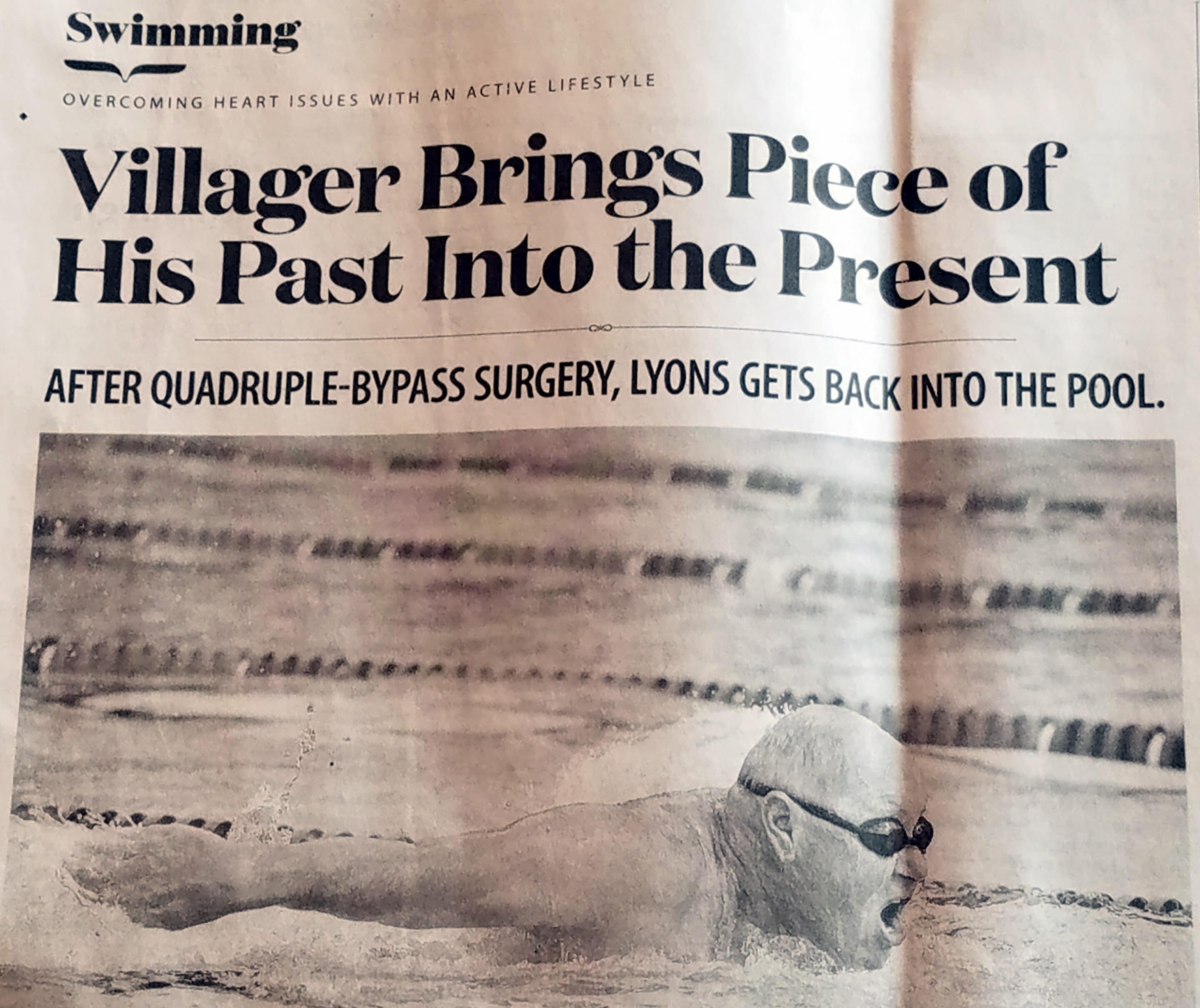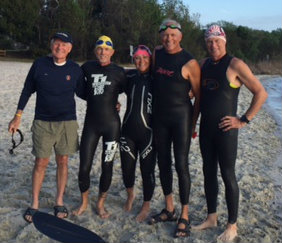What I Learned About Race Fueling at the Rocky Gap Triathlon
Following the 25th Annual Rocky Gap Triathlon, I received some valuable advice about run training and fueling for triathlon from a fellow senior triathlete. I included the lesson on run training in the Rocky Gap Triathlon post.
How the Conversation Started
During the run portion of the triathlon, a man with a number in the 70s marked on his right calf passed me. This meant that he was at least 10 years older than me. Older men and women had passed me before. However, this guy looked strong.
During the cool-down after the race, I struck up a conversation with the guy, Mr. James Chapman, about his training program.
Fueling for Triathlon
Jim provided information about his run training. He also introduced me to his fueling regimen for triathlon training and racing. His advice, based on products from Hammer Nutrition, follows.
One hour before every hard workout or race of over one hour:
1 – Race Cap Supreme
1 – Mito Cap
3 – Anti-Fatigue Caps
2 – Endurance Amino Acid
Early in the bike leg of the triathlon
1 – Anti-Fatigue Caps
1 – Endurance Amino Acid
Post workout/race: (whey protein + carbohydrates)
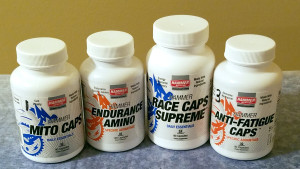
What is Behind This Approach to Fueling for Triathlon?
To learn about the products and their roles in training and racing, I contacted Hammer Nutrition (support@hammernutrition.com) about the recommendations.
Steve Born, Hammer Nutrition’s Endurance Fueling Expert, replied. He confirmed that Jim’s advice was ‘spot on’. In addition, he explained why these supplements are helpful.
- Race Caps Supreme-This supplement contains CoQ10 and idebenone, keys to energy production. It also contains antioxidants. Taking this product before exercise gives your body a head start on free radical neutralization.
- Mito Caps-These provide the nutrients necessary for optimal mitochondrial function, which is vital for energy production and overall health. They also help your body use the calories from fatty acids as fuel more efficiently. And, they also increase the volume and activity of substances involved in producing energy from food and oxygen. R-alpha lipoic acid (r-ALA) is also a superb antioxidant.
- Anti-Fatigue Caps-These supply two nutrients, potassium/magnesium aspartate and OKG, that help neutralize the negative effects of excess ammonia, a primary culprit in premature fatigue.
- Endurance Amino-These contain specific amino acids, headed up by the branched-chain amino acids (BCAAs). BCAAs apparently help delay fatigue, enhance endurance, minimize muscle tissue breakdown, and provide antioxidant support.
Recovery from Triathlon Training
Steve also recommends consuming a mixture of Recoverite in water and a capsule of Chromemate after workouts. According to the Hammer Nutrition website:
“Recoverite supplies carbohydrates and protein in an ideal 3:1 ratio for superior glycogen synthesis and muscle tissue rebuilding, the two main components of recovery. For carbohydrates Recoverite contains only maltodextrin, a complex carbohydrate with a high glycemic index, to ensure rapid metabolism.” As for the protein component, the website says “Recoverite contains only whey protein isolate (grass fed, hormone free, and antibiotic free), which is virtually fat-and lactose-free, and yields the highest percentage of protein. For rebuilding lean muscle tissue and immune system support, whey protein isolate has no peer.”
Paraphrasing Dr. Bill Misner, Director of Research & Product Development, Emeritus, Hammer Nutrition, “The anabolic response for converting carbohydrates to muscle glycogen will not completely take place in the absence of GTF chromium (Chromemate). If only a minute amount of GTF chromium is available, only a third of the amount of muscle cell refueling will occur. Consuming a sufficient amount of carbohydrates along with Chromemate will result in a 300% increase in the rate of glycogen synthesis compared to no supplementation.”
Race Duration and Weather Matter
The optimum program for race fueling depends on the weather conditions (temperature, humidity), race type, and distance. Fueling for a sprint triathlon in hot humid weather differs from that for a half marathon run on a cool fall day. At least that’s my experience. If you too have been looking at the various powders that you can take to help with your fitness levels, you may want to check out brands like Magnak to see how they can assist you.
Read Steve’s recommendations here if you are preparing for a longer distance triathlon, such as a half or full Ironman.
What Is Your Approach to Fueling?
Please leave your questions and comments below.
This post was published on March 26, 2016. It was last updated on August 7, 2020.

